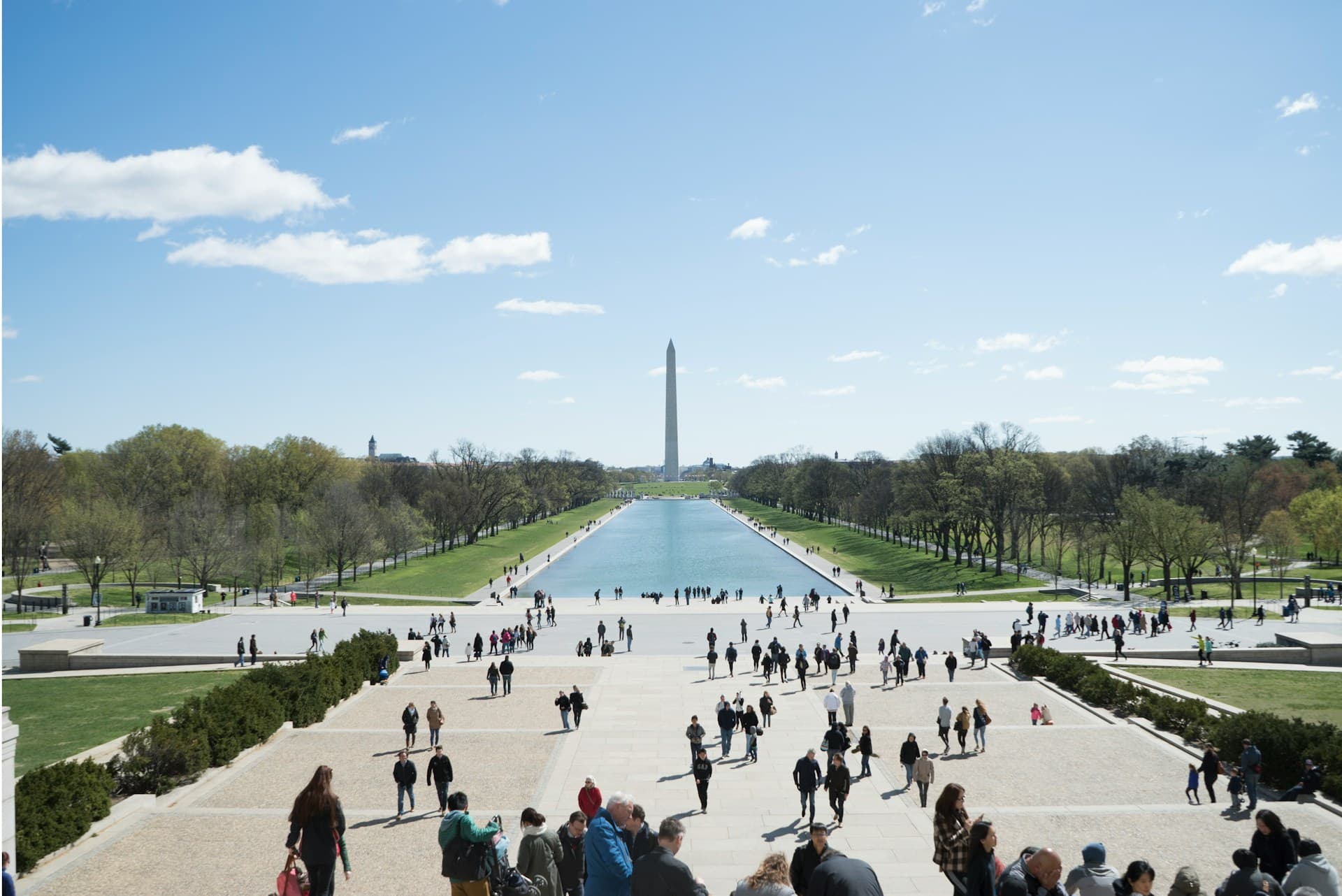Why Don't Universities Receive More Funding?

It’s a funnything: the elementary and high school education centers acrossCalifornia do not appear to be showing improvements, and yetfunding for public schools is at an all-time high across the state.
While the entire projected budget is just over $144.3 billion, more than $45.7 billion is going to K– 12 education, more than $41 billion of which will becoming from that state’s General Fund alone. Comparatively,Higher Education (colleges and universities) will receive about $14.2 billionof this coming year’s project budget, more than $11.7billion of which will come from the General Fund. While statecolleges are taking leaps and bounds in research, the fundingallocated to these institutions is just over one-quarter of what isbeing spent on K – 12 education.
So even with risingtuition costs, and an incredibly competitive admissions process, why is the state only allocating a budget ofabout one-fourth the size of K – 12 expenditures, to ourbastions of higher learning, the state colleges? Perhaps this is aquestion better answered by vague accountability standards for K –12 educators and unions that have been slow to accept sweepingreforms.
Of course, plenty ofmoney needs to be spent on all education, fromkindergarten through college. However, isn’t it timegovernment officials truly took a look at fiduciary trends, movingforward with what works, and fixing what doesn’t? Few can arguebelievably that there is not a problem with the way Californiacurrently funds educational institutions.
This year’s GeneralFund provided $41,145,000toward financing K – 12 Education, a drop of $1.362 billionfrom last year’s $42,507,000. This constituted a decrease of3.2 percent in spending by the General Fund for this particular arena.Along with that cut came another decrease in the amount of moneyprovided for Higher Education by the General Fund. For the 2008 –2009 project budget,theGeneral Fund will fund Higher Education 0.5 percent less than 2007 – 2008, for a decrease of $61 million ora change from $11,819,000 to $11,758,000.
There have had to be cutsacross the board (except for Health and Human Services, which was theone area with a budgetary increase of 0.2 percent, from $29,726,000 to$29,800,000), so it was inevitable that Higher Education would be cutas well. But why is the funding for our colleges still lagging so farbehind, while new technologies and viable research arises all thetime from our noted University of California, California StateUniversity and California Community College systems?
As with anyhousehold budget in decline, our state legislators need to take anhonest look, and here are some suggestions: Drop the funding for K –12 by 1.8 percent (for an even 5 percent). If testing scores and school rankings stayapproximately the same, we can determine that massive fundingincreases are not directly correlated to massive increases in schoolperformance. Set up greater accountability; only offer salaryincreases/bonuses to instructors whose classes consistently showimprovement; for every 70 percent of their students who score at or abovetheir expected grade-level performance levels, give teachers a 1 –5 percent salary bonus.
There are so many ways to reward good work, andconversely, (and sadly) there are methods in place that still rewardthose who go through the motions, rather than help educate minds.


